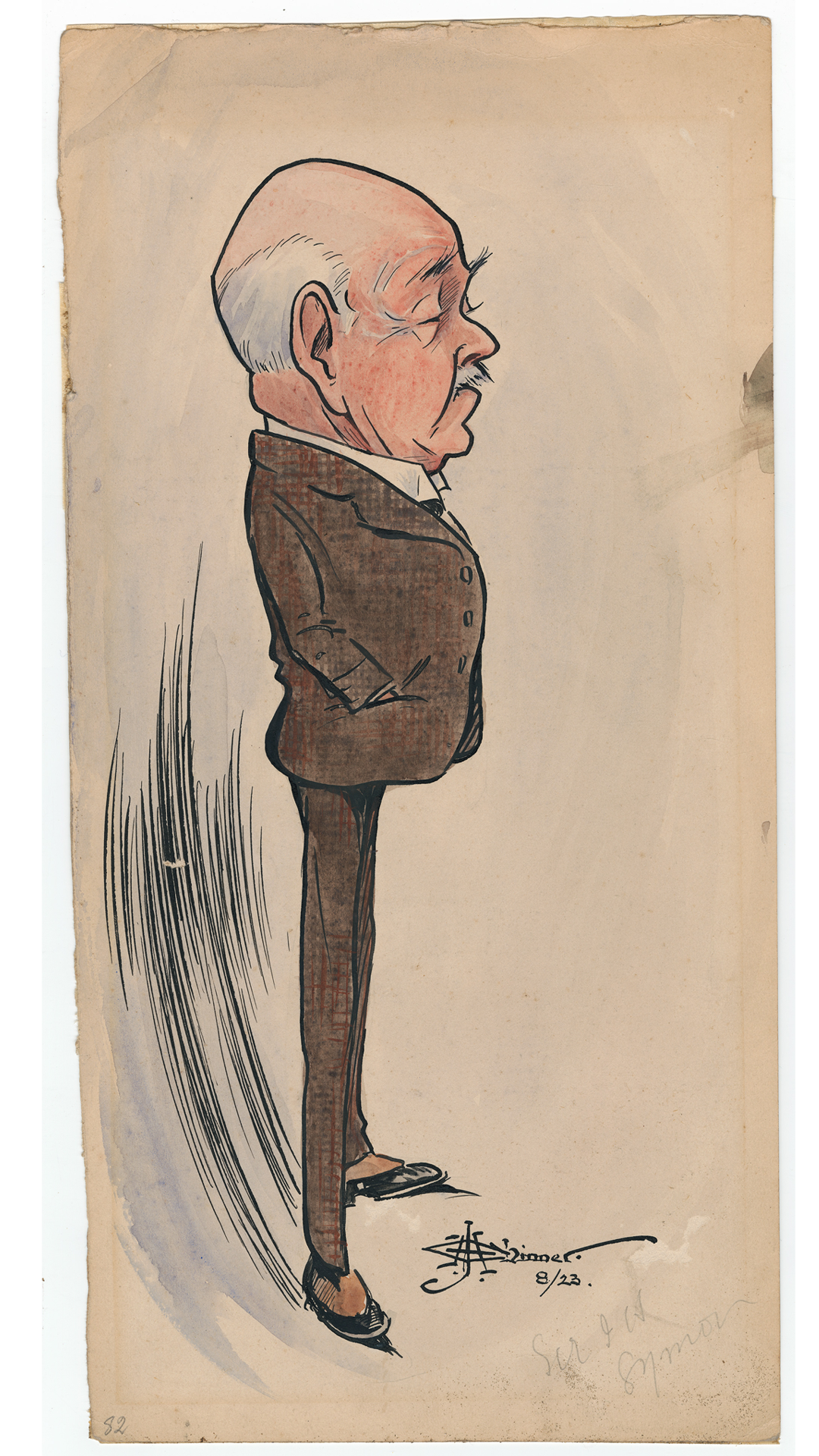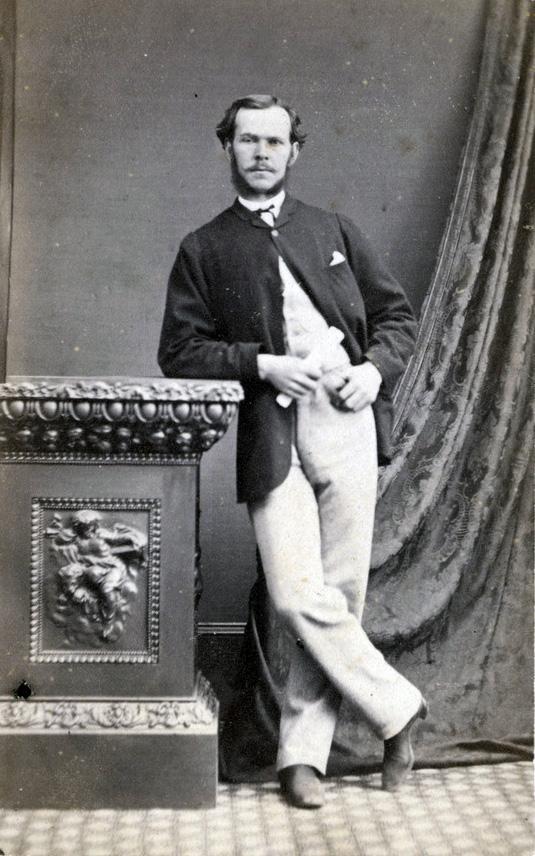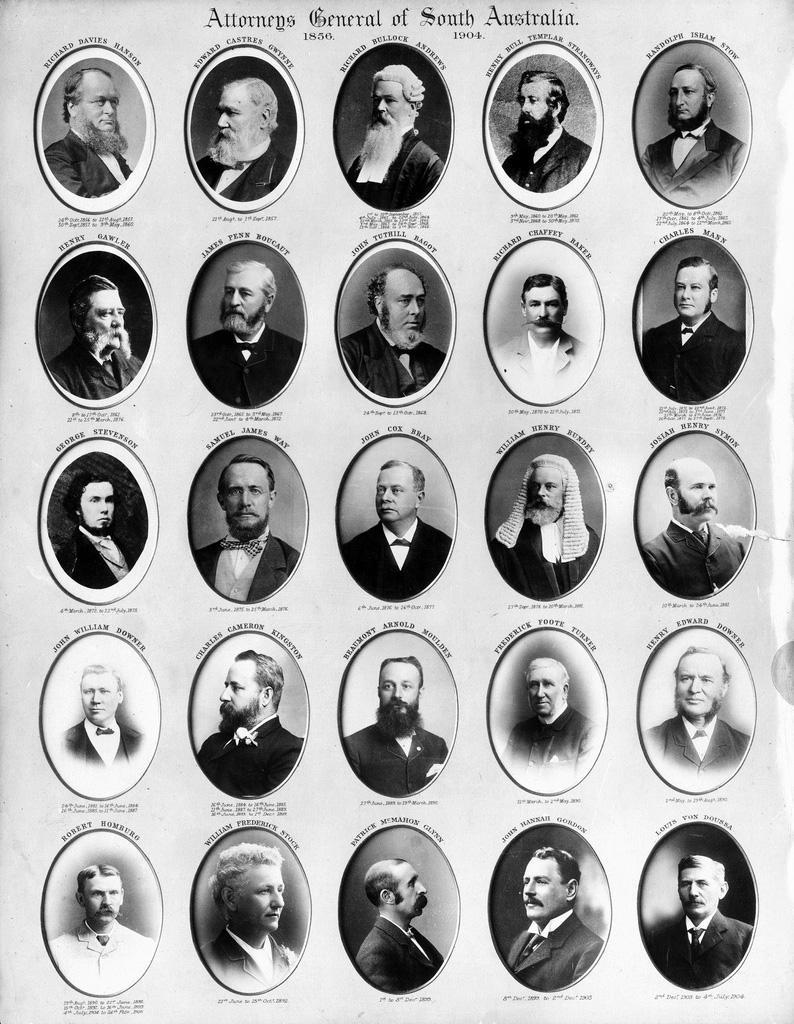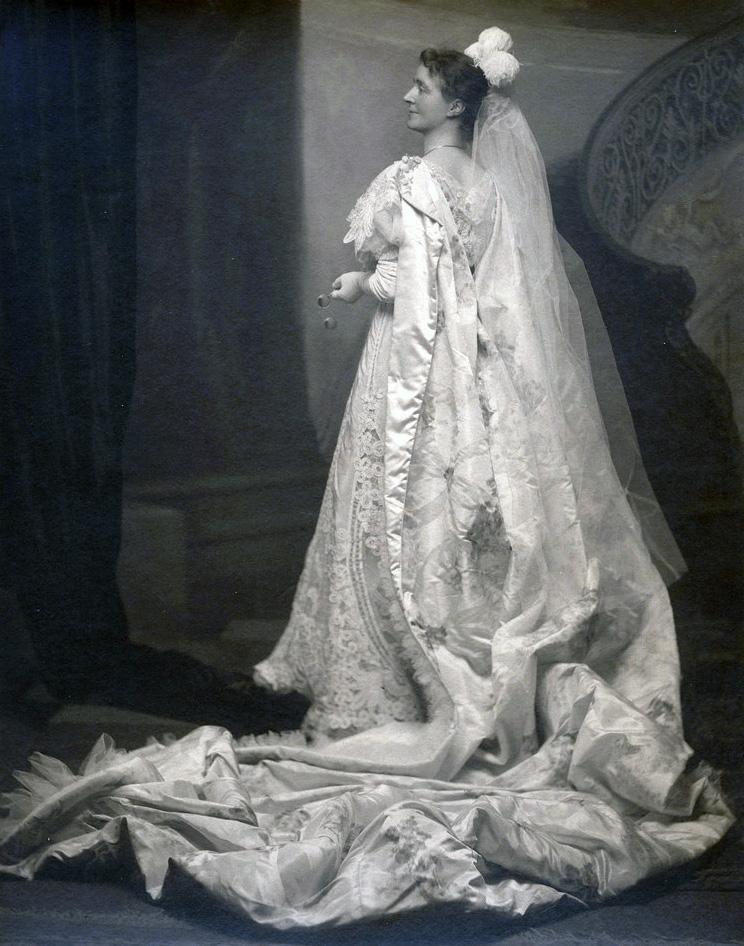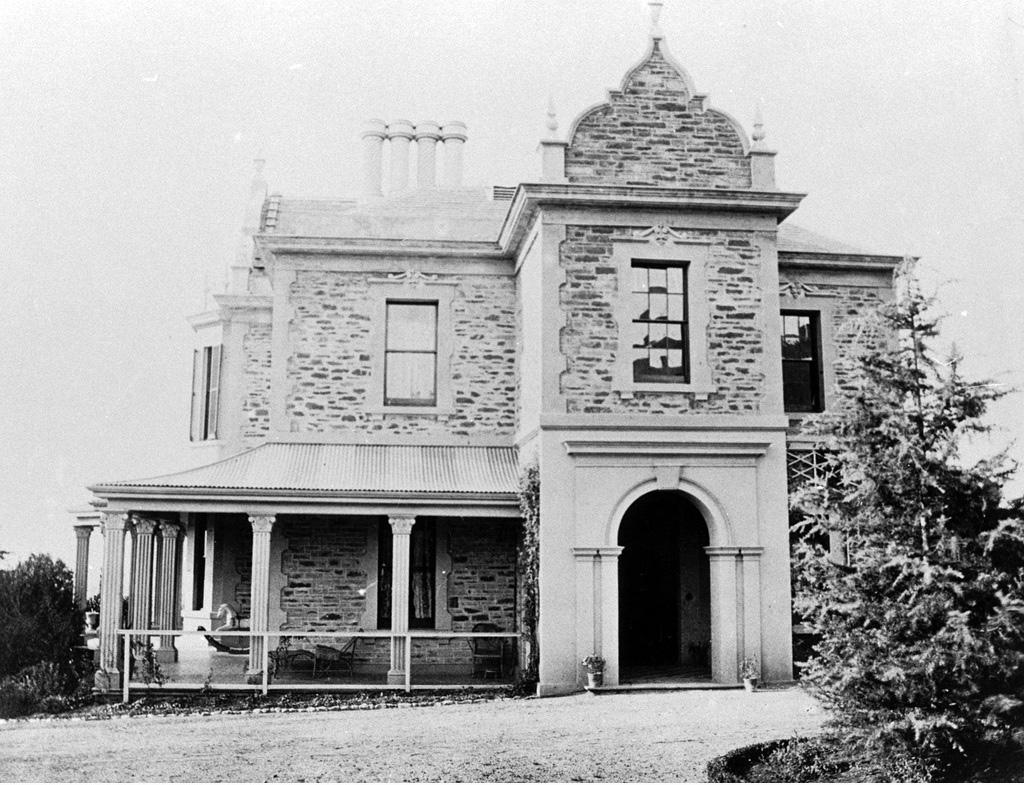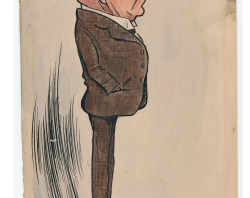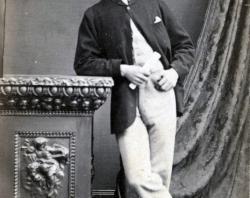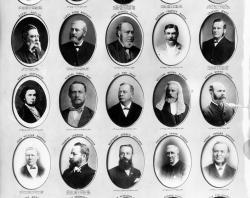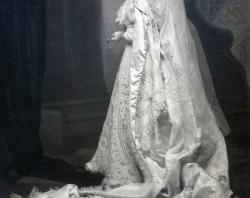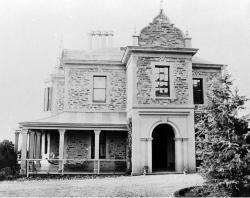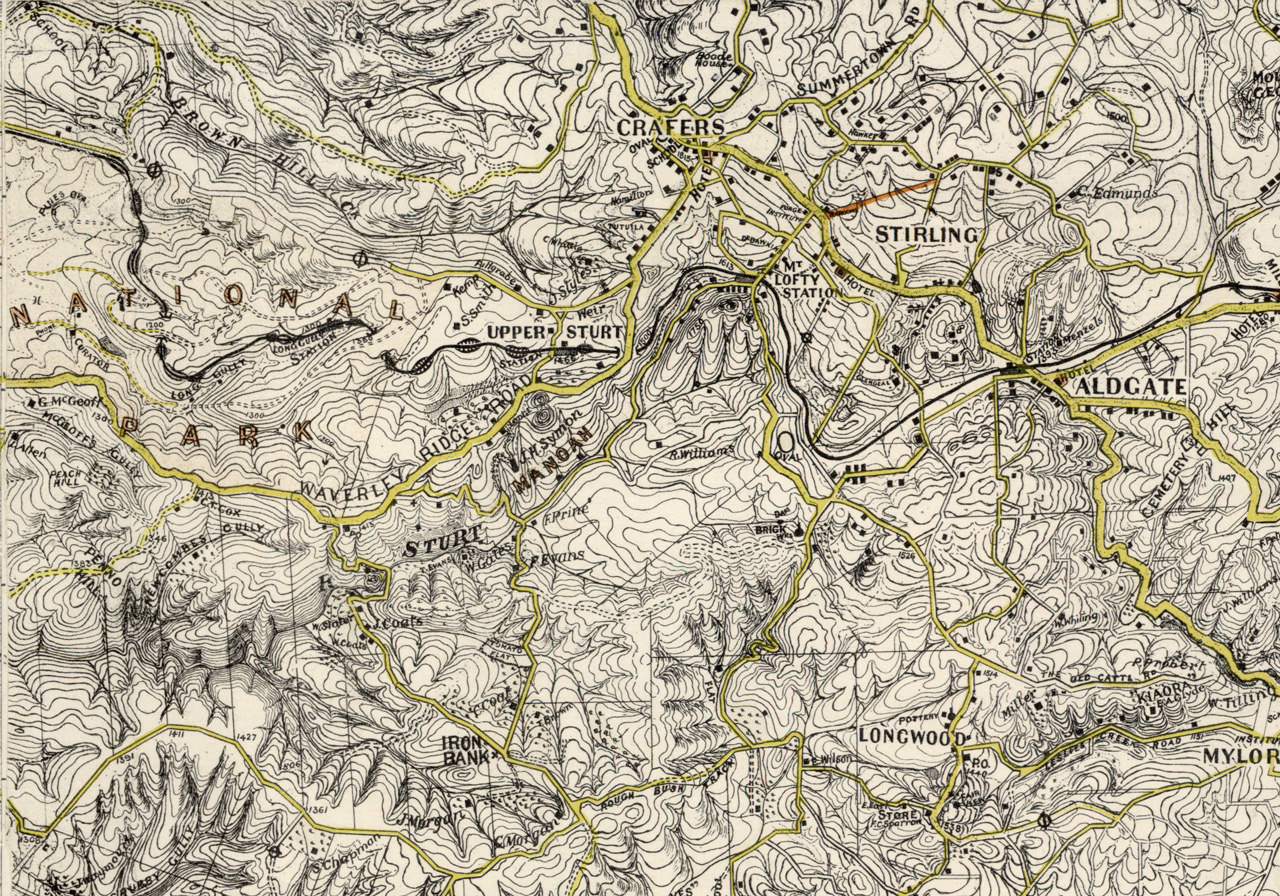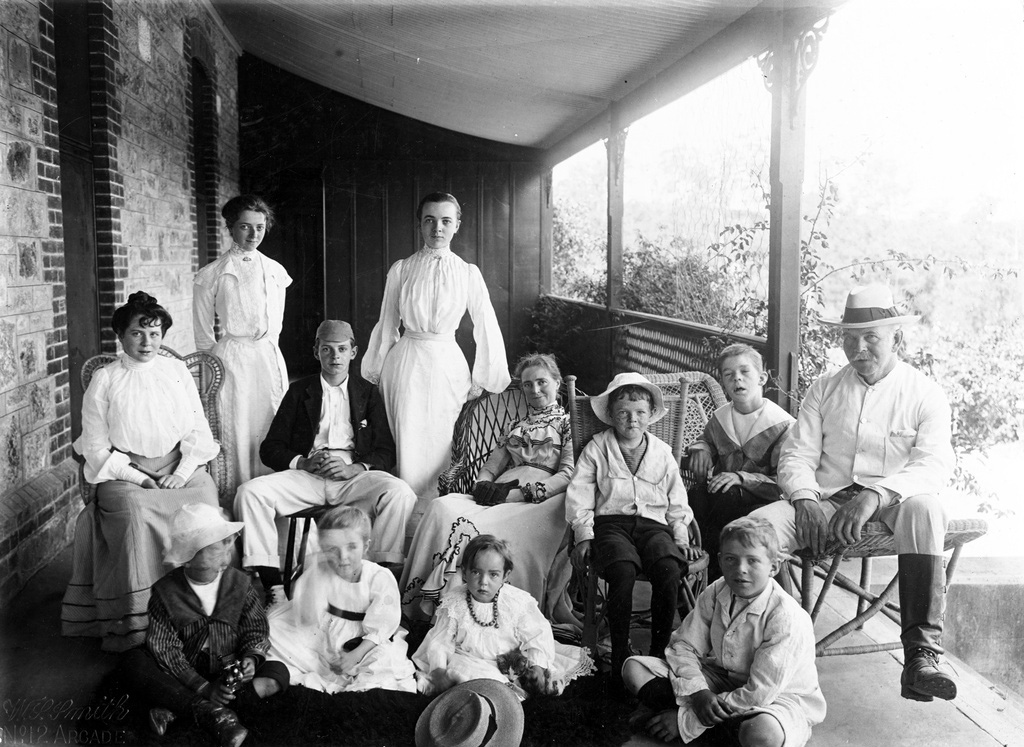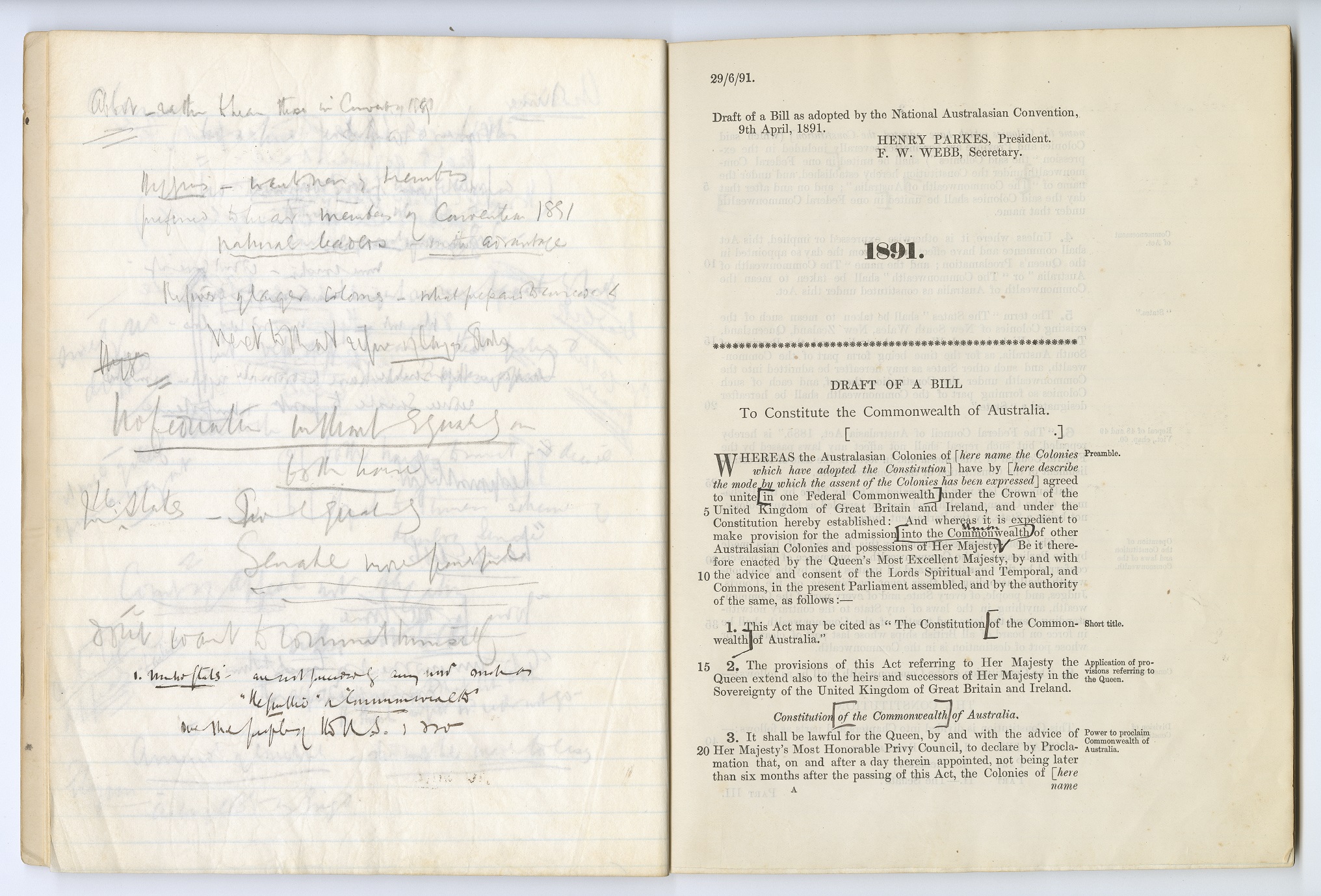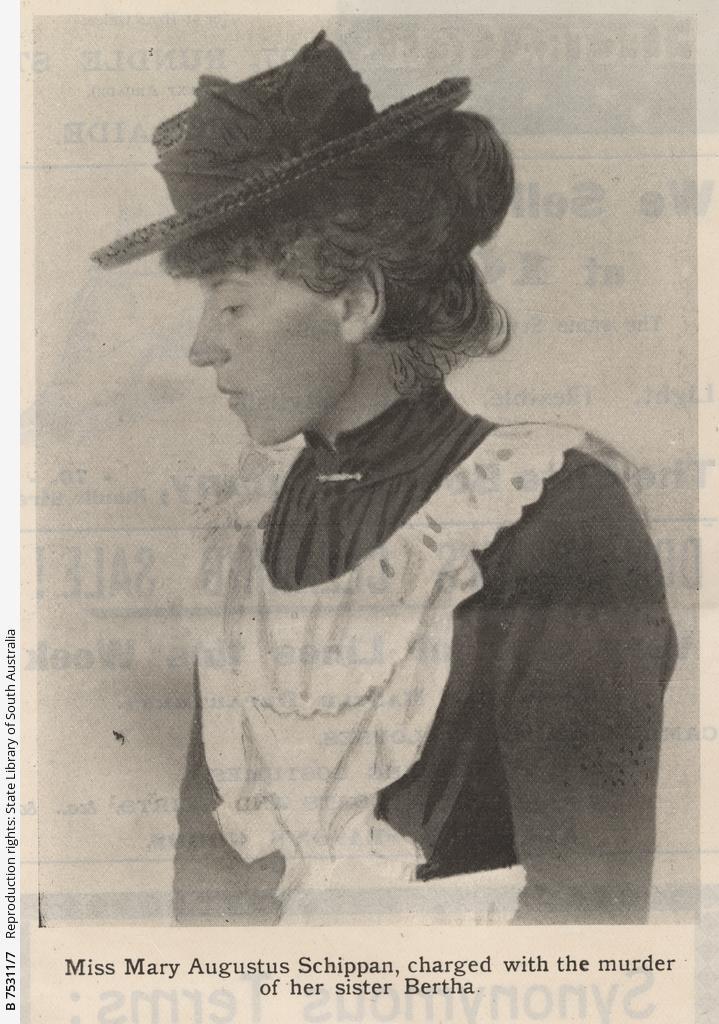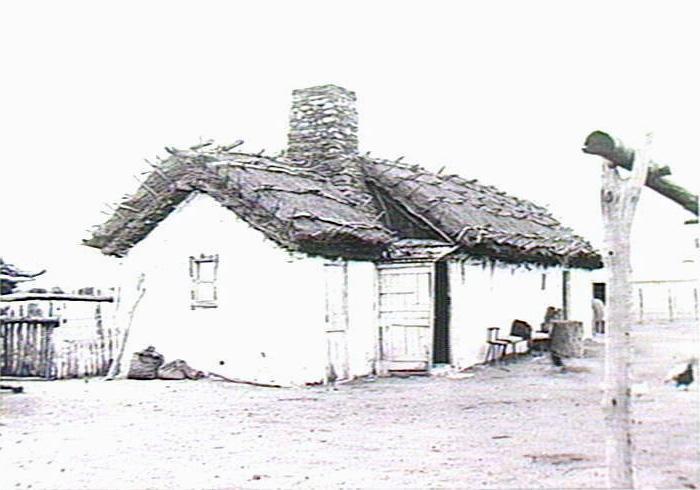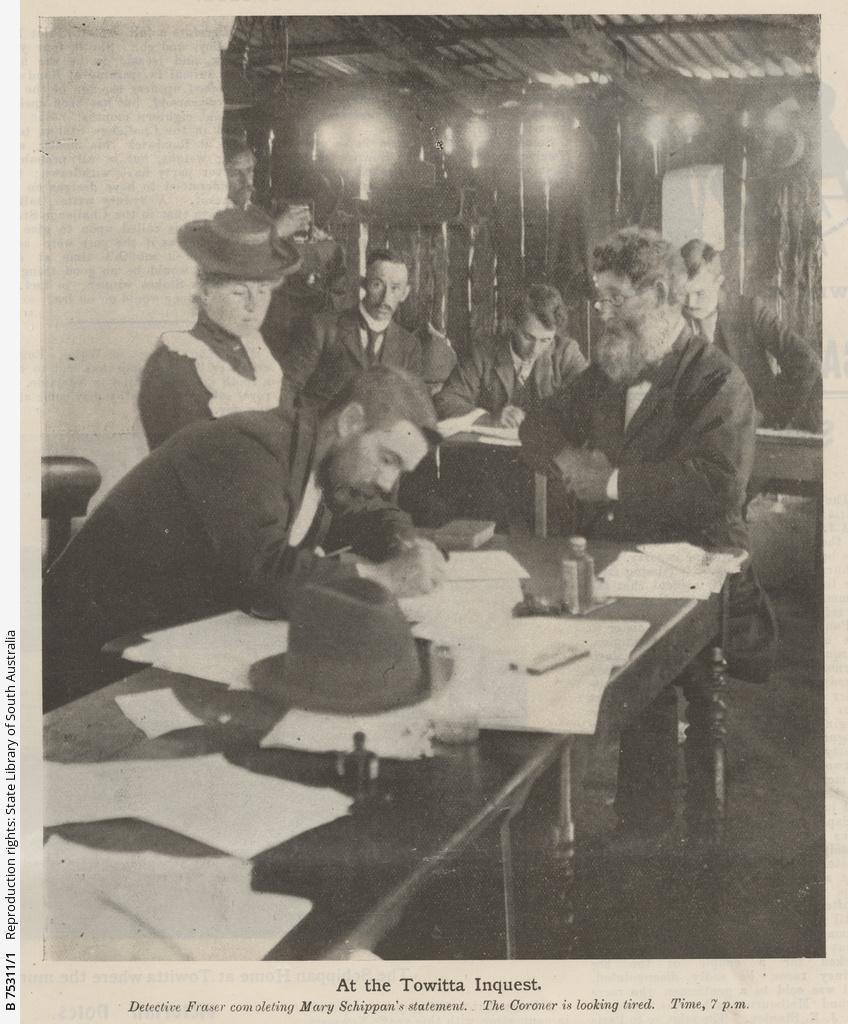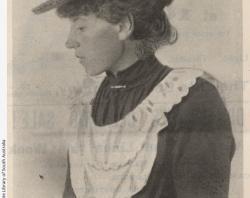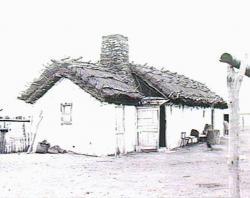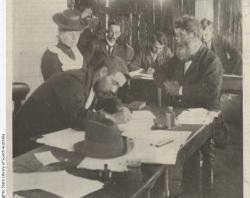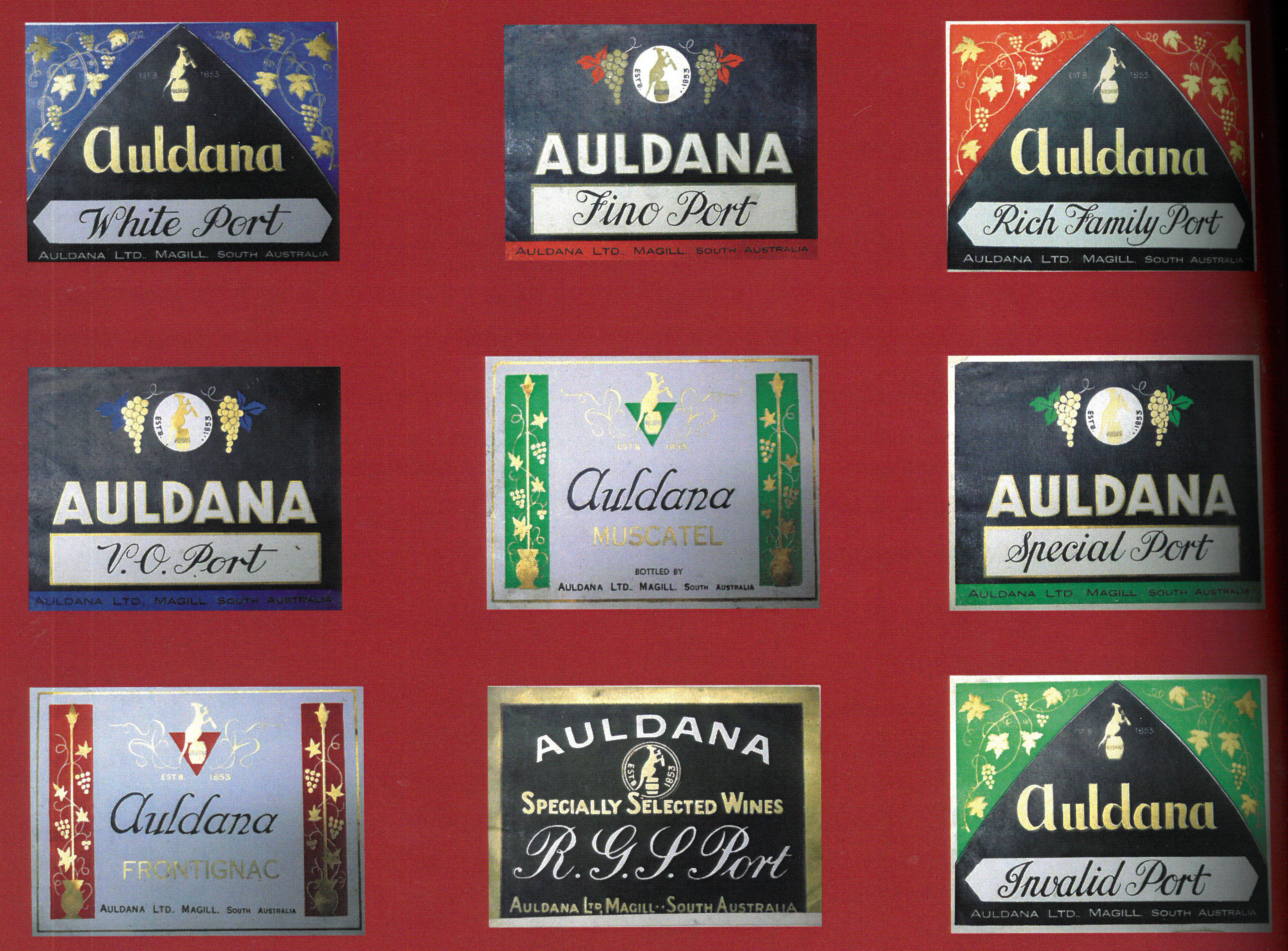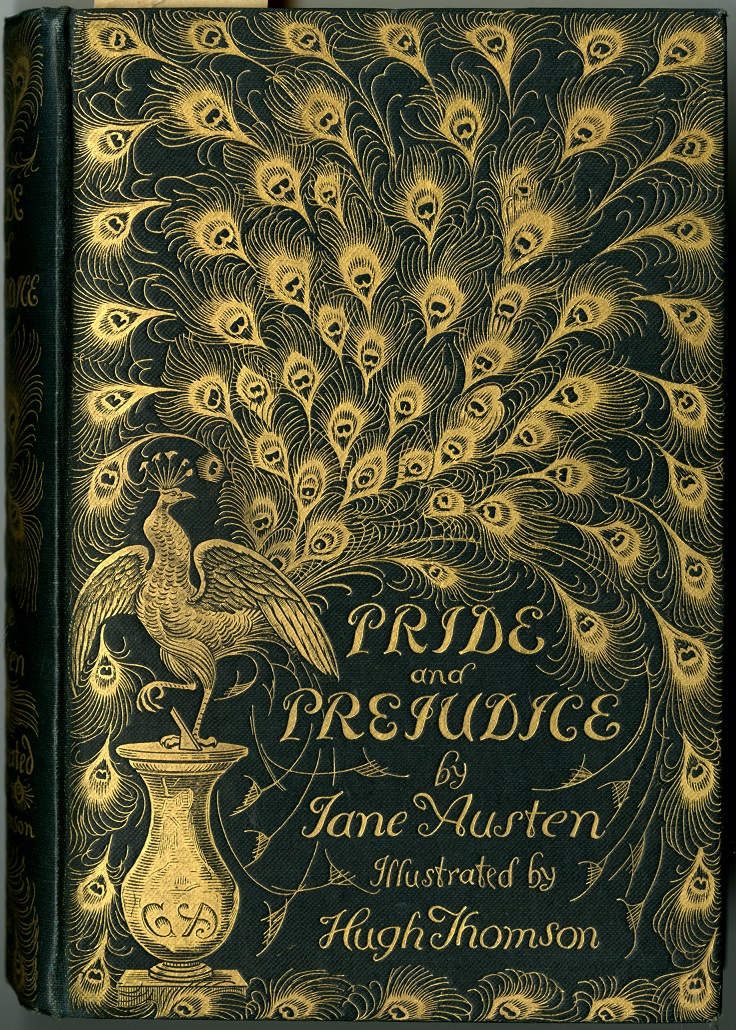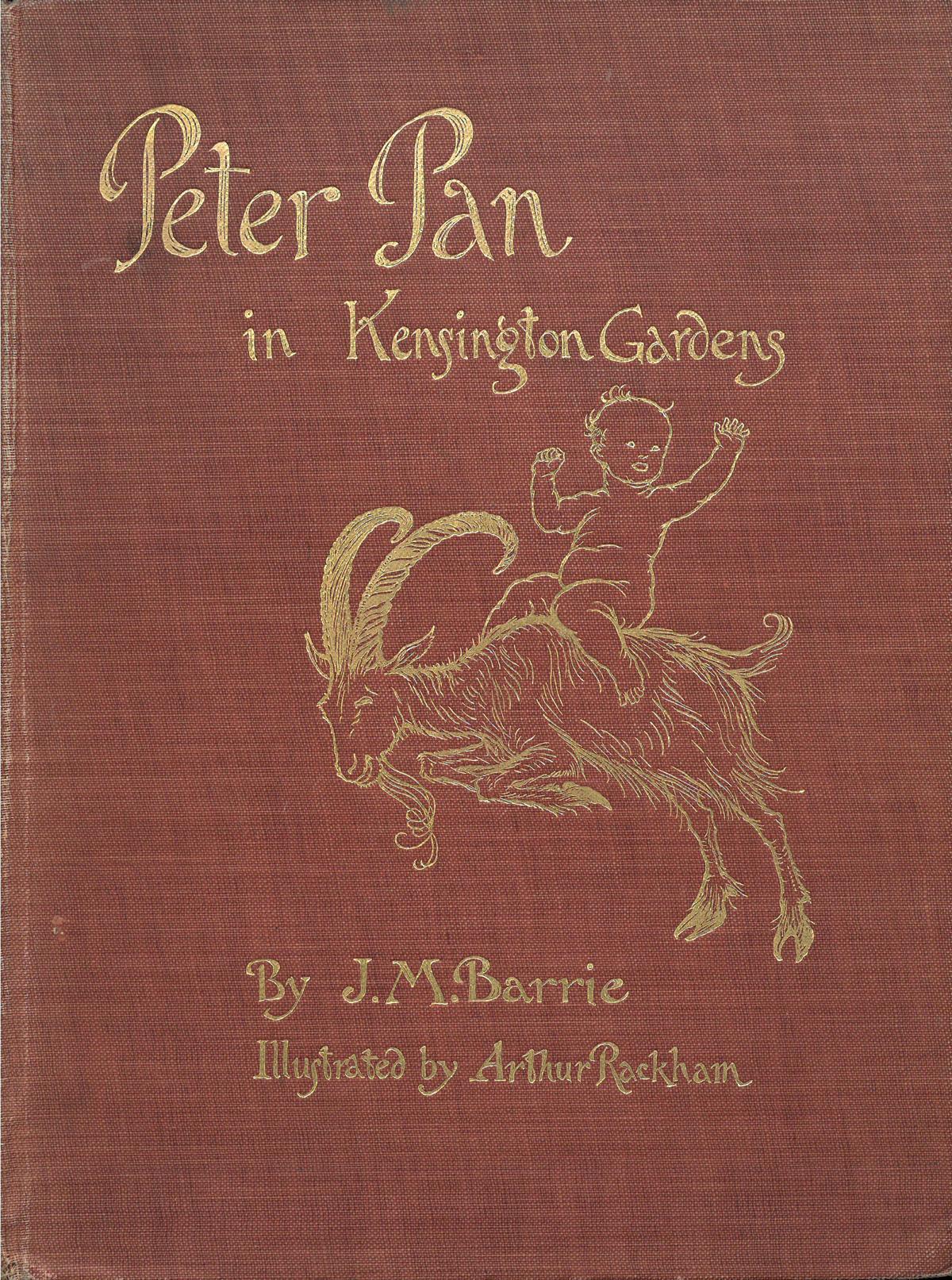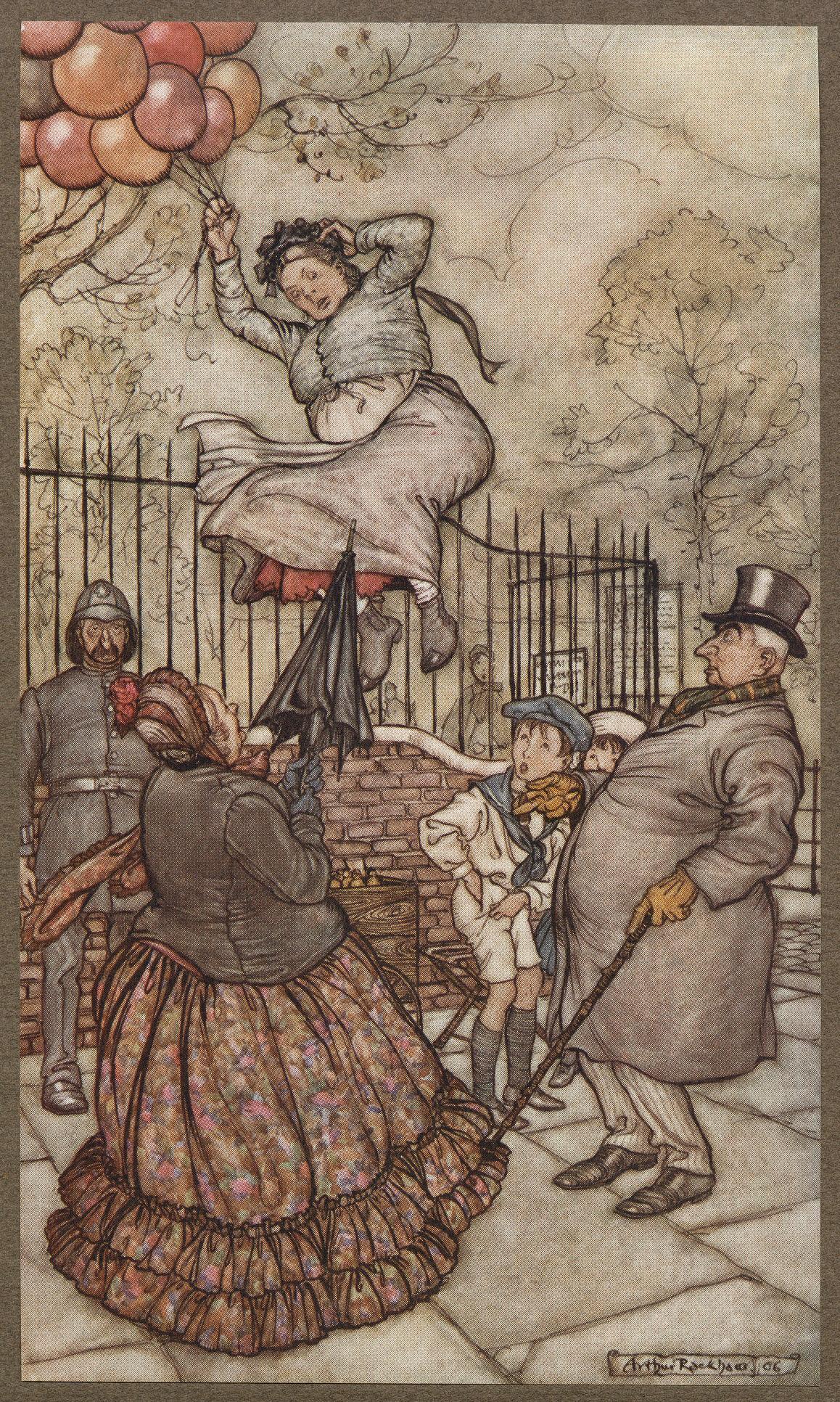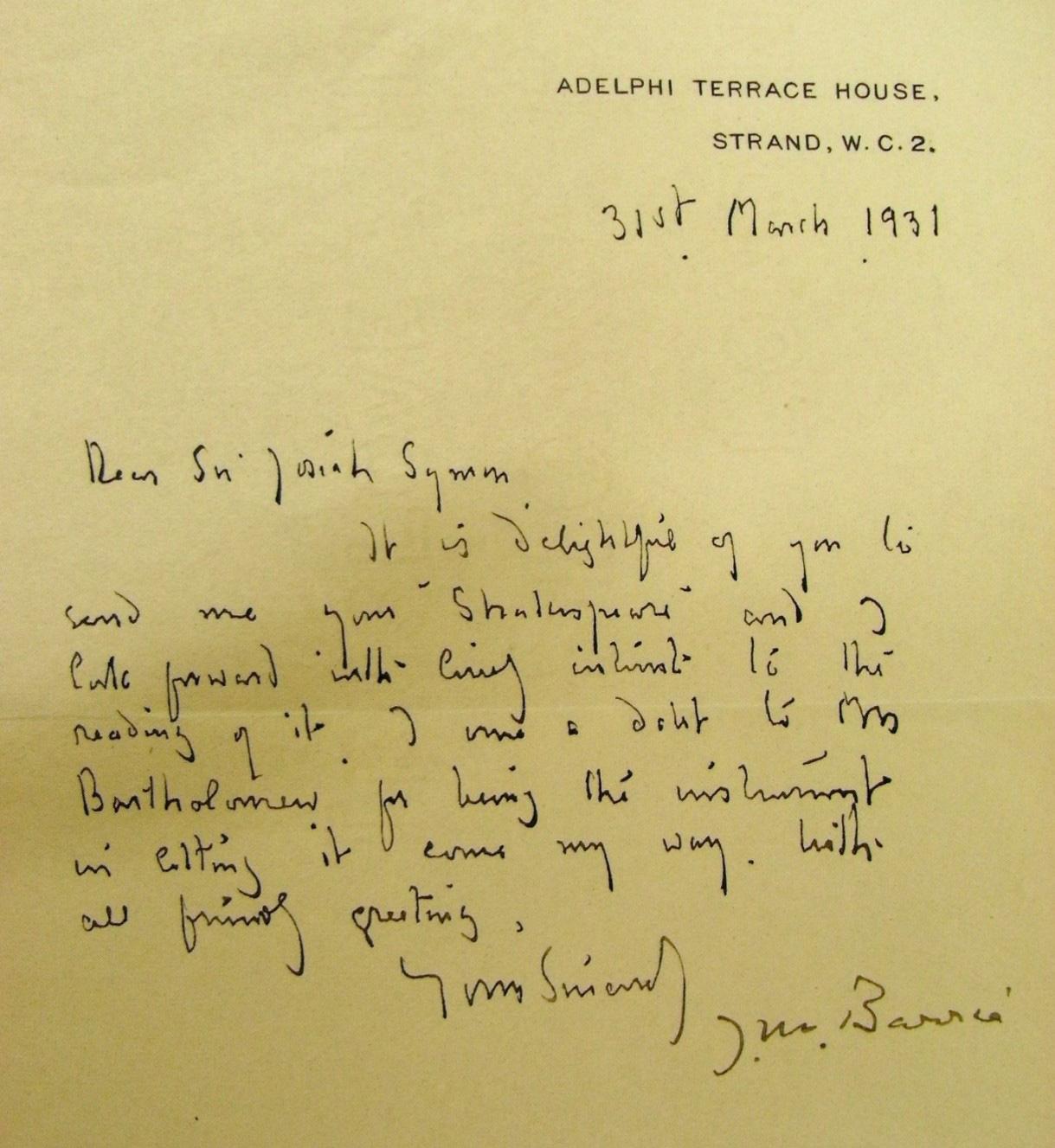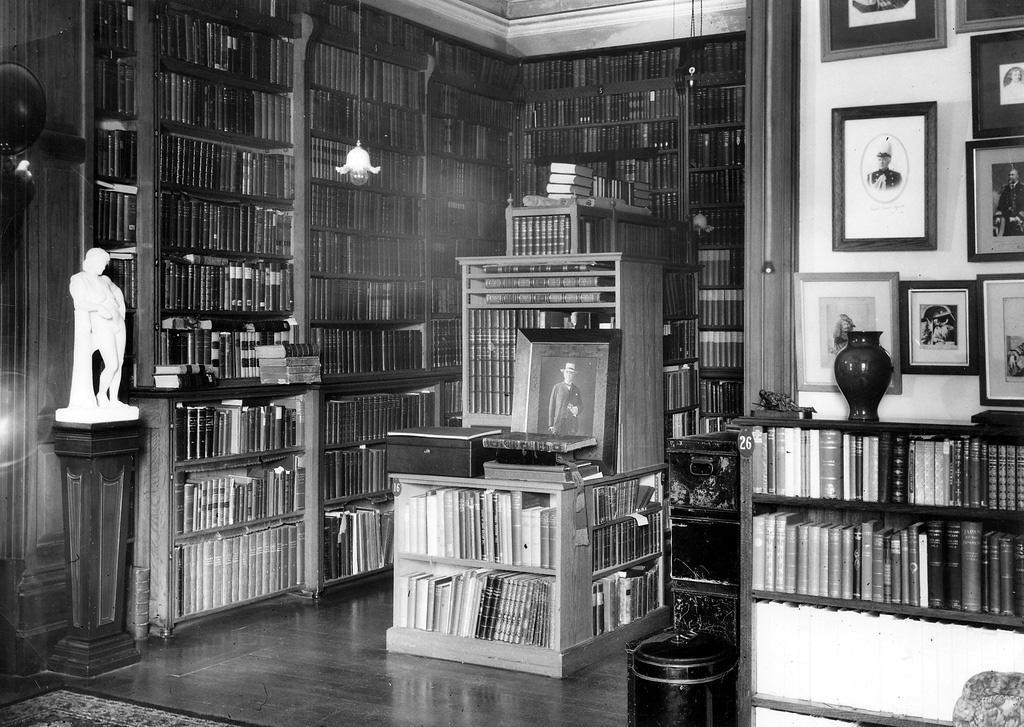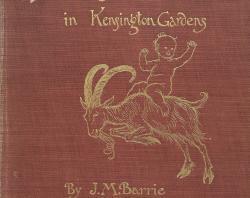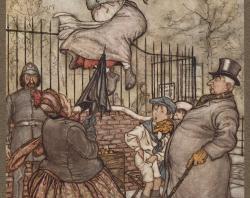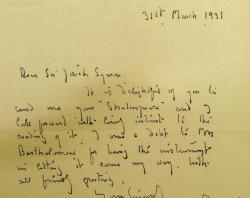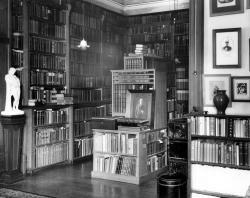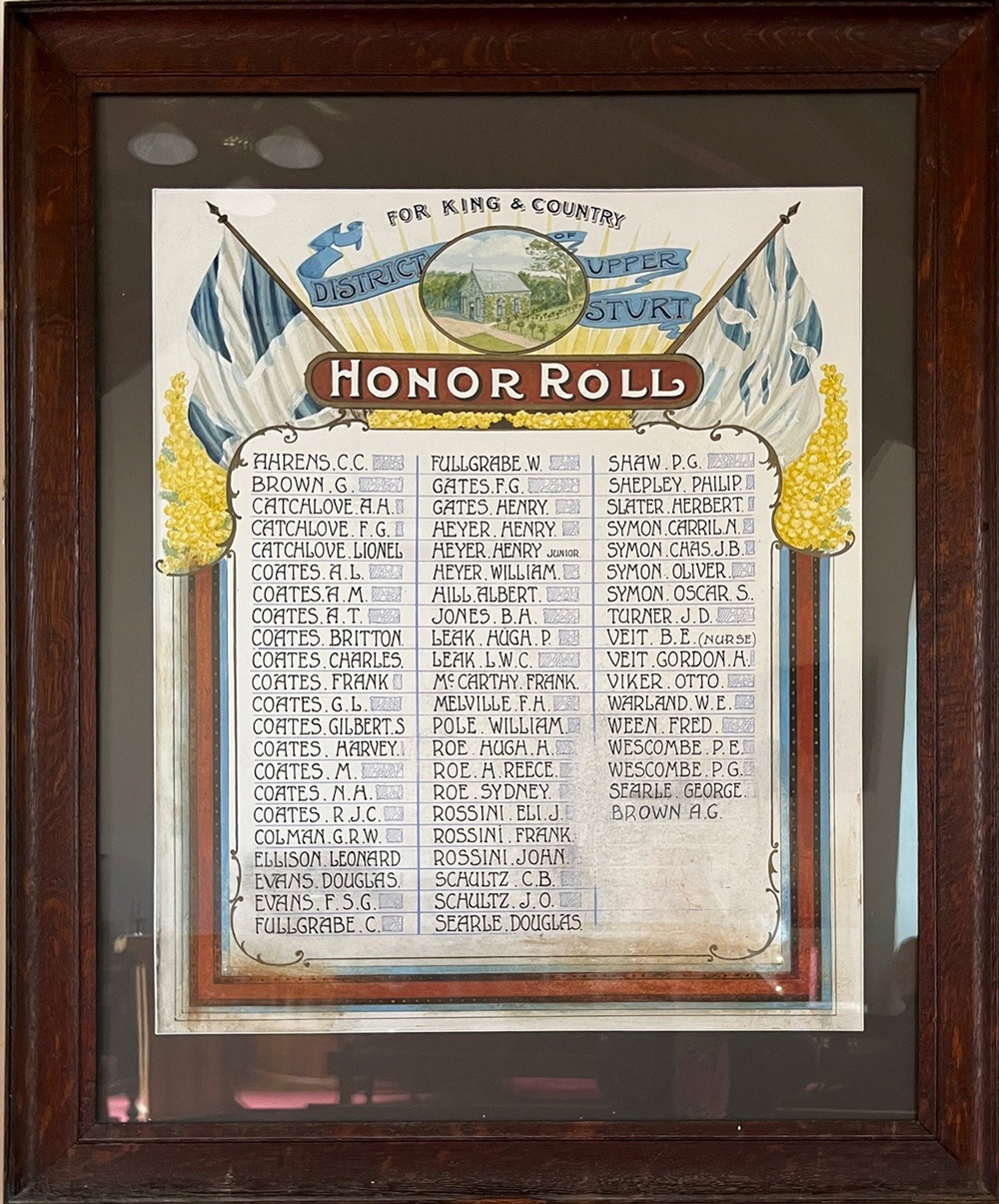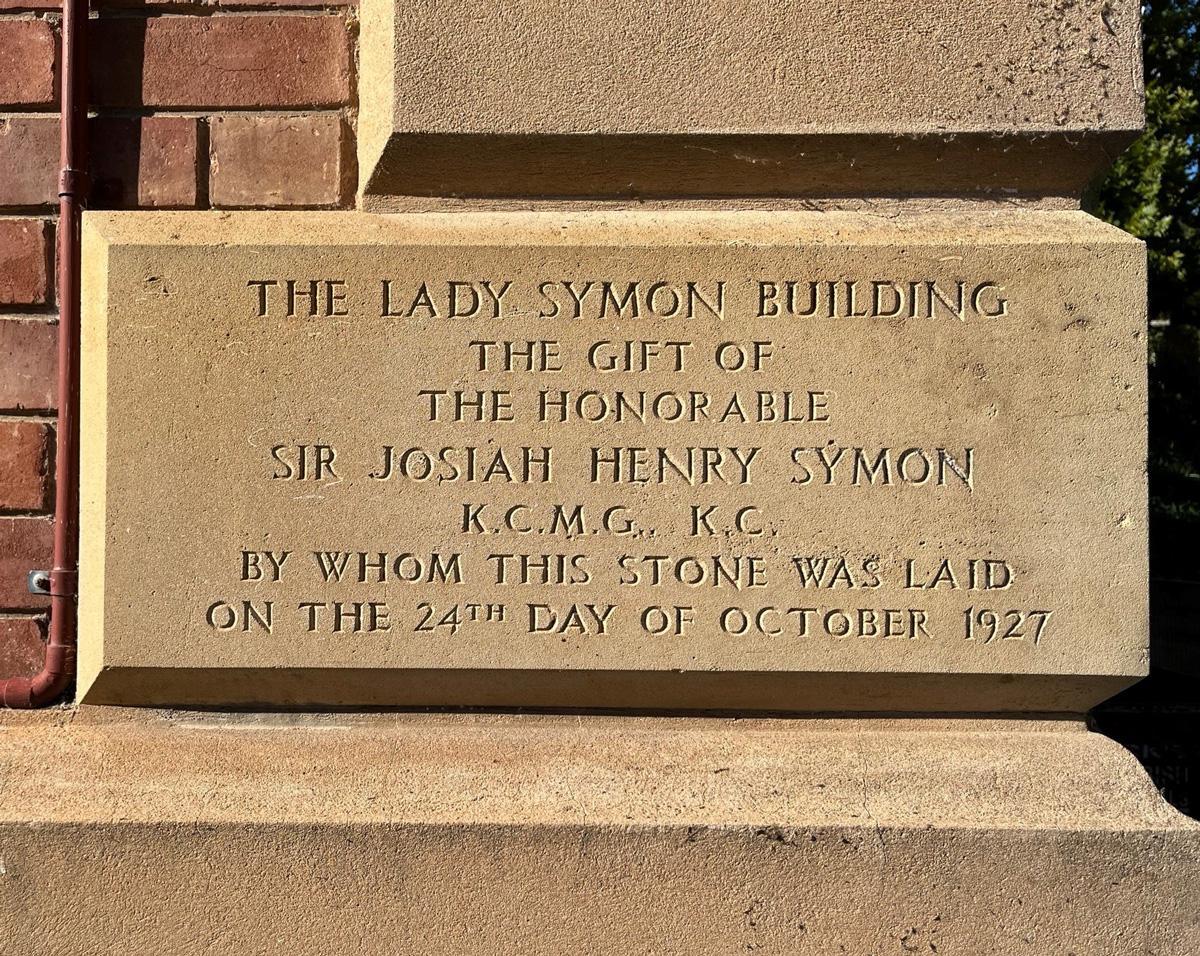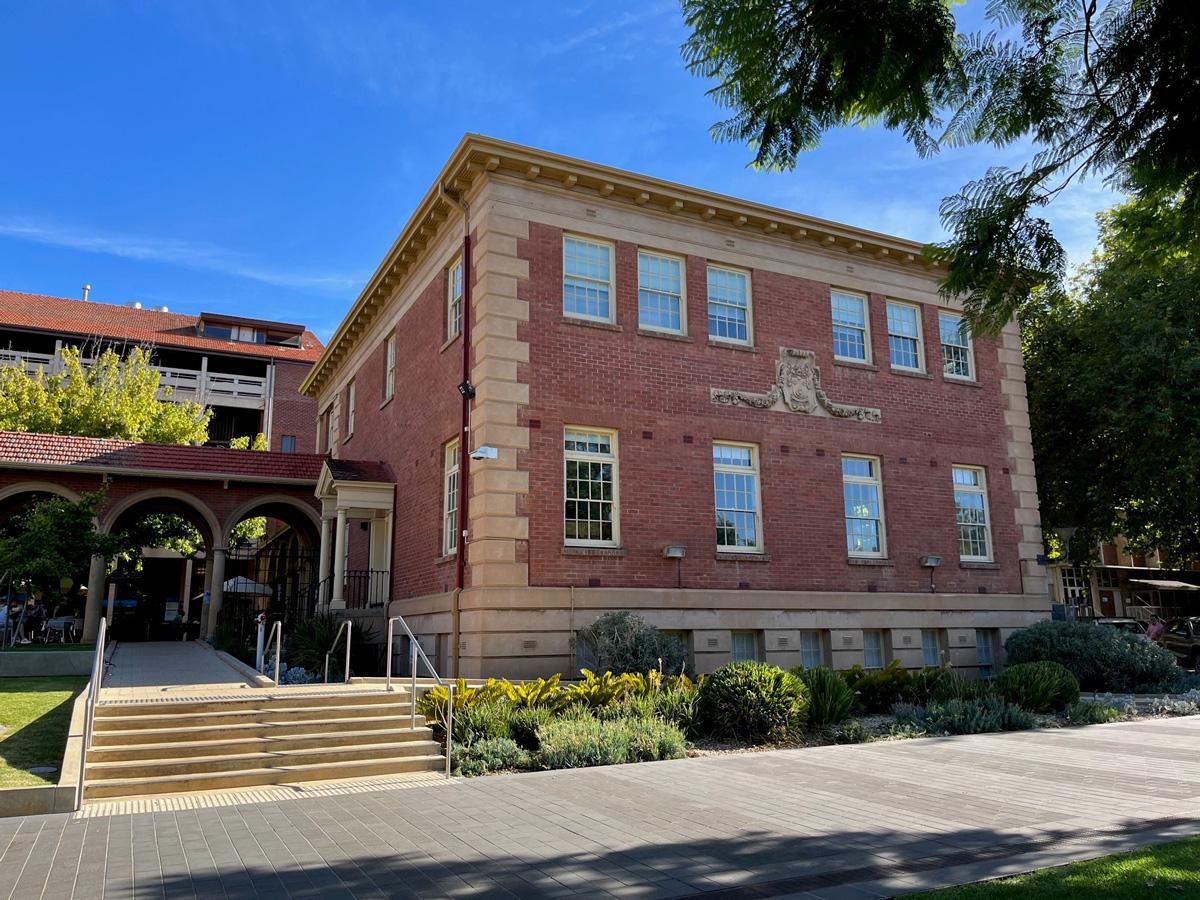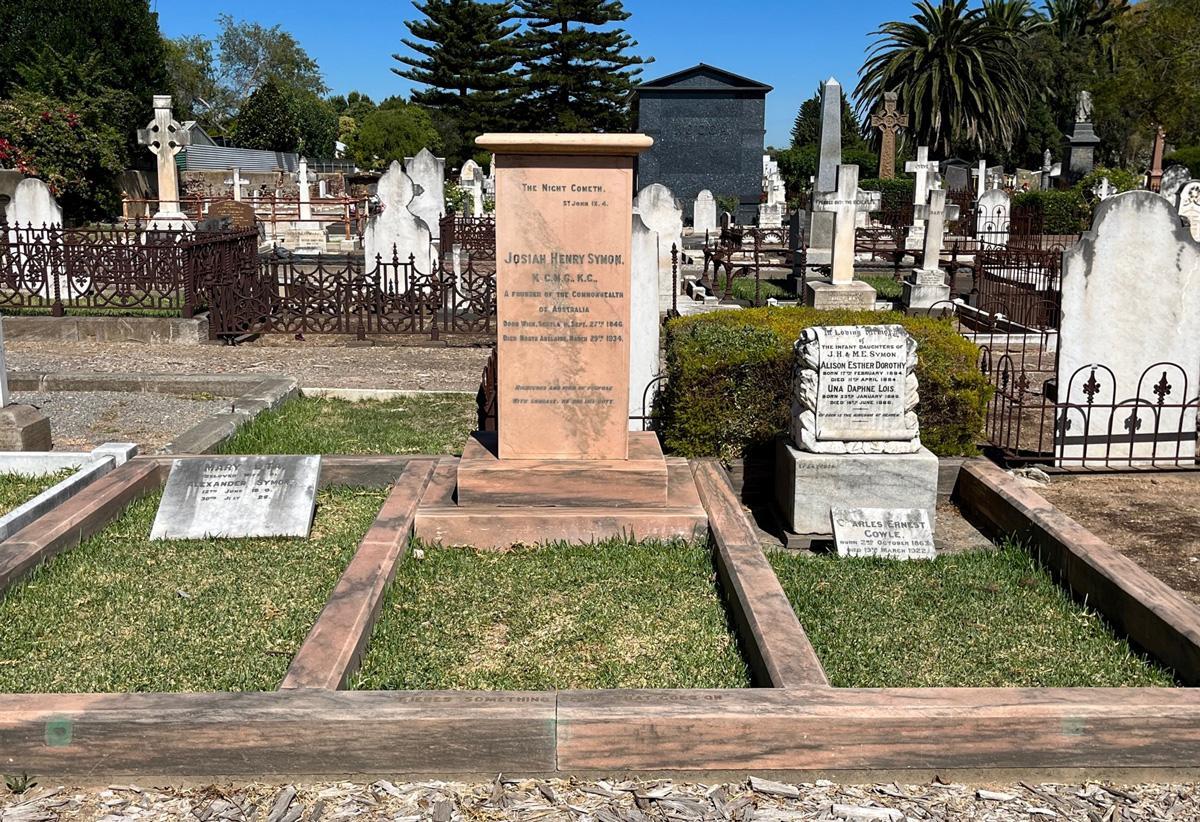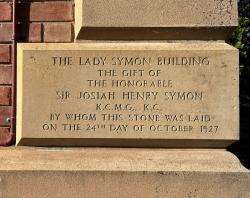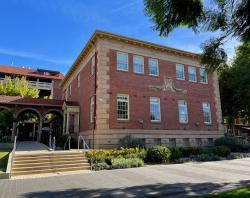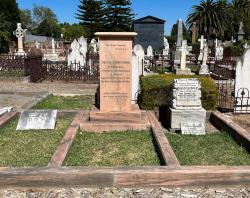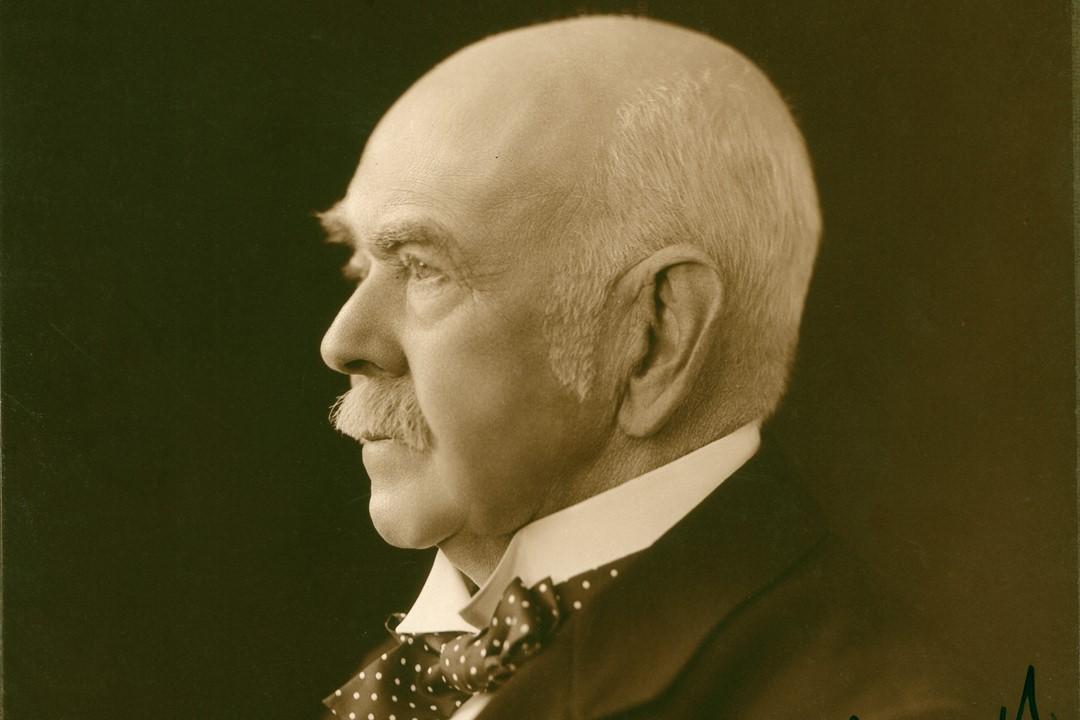
Sir Josiah Symon: barrister, benefactor, bibliophile and bon vivant
Josiah Henry Symon was a South Australian man of many talents and interests, who donated his gentleman’s library to the State Library of SA.
A city and country residence
Several years later Josiah purchased ‘Fitzroy House’ in North Adelaide from Josiah Boothby, which he re-named ‘Selma’ after the Palace of Fingal in a favourite book The Poems of Ossian.
This was the Symon family’s winter residence for 37 years.
Their summer residence was a 160-acre property that Josiah purchased at Upper Sturt in 1889, which he named ‘Manoah’, a biblical word meaning 'place of repose'. This was the Symon family’s summer residence for some 40 years. As well as building a large house for a growing family, there were farm animals, fruit trees, and a special garden for plants mentioned by Shakespeare. In his later life, Sir Josiah attributed his excellent health to spending his weekends at Upper Sturt, working on the hillsides with his men and inhaling the health-giving ozone of Mount Lofty.
The Symon Family enjoyed an active social life, holding parties and balls at their North Adelaide house and entertaining visitors at the magnificent house and garden at Upper Sturt. Sunday was a quiet day of reflection for the family, although the Symons were not regular church-goers.
Josiah was one of Adelaide’s most prominent citizens and a member of the exclusive Adelaide Club from 1881 for the rest of his life. When the American writer Mark Twain visited Adelaide in 1895 Josiah hosted a dinner for him at the South Australian Hotel which was reported in Some Annals of Adelaide by James Sadler,1933:
What a night it was! Mr Symon was in the chair. Being in the vein he set the tune in the right key for a happy evening. No high and hampering sense of legal dignity and duty froze the genial current of his soul, it sparkled as it ran, raising here a ripple as he came to a pebble of literary reminiscences, and there an applauding echo at some waterfall of Symonian eloquence. The austere and penetrating lawyer was lost in the natural man, as though he would rival the guest or stimulate his mettle.
Federation and the Federal Parliament
As the new century approached, Josiah became president of the Australasian Federation League of South Australia in 1895, and spoke at town hall gatherings to ensure the success of the Federation referendum. There were a series of conventions to determine how the Federation would be structured. Josiah successfully stood for election to the 1897 Adelaide Convention. Another candidate was Catherine Helen Spence who thereby became the first woman to stand for a political office in Australia, although unsuccessfully. Josiah had considerable influence in the discussions about the Federation especially in relation to setting up the High Court of Australia.
When elections were held for the new Australian Parliament, Josiah stood for the Senate as a free trader. He was elected with the highest number of votes for South Australia and became the leader of the opposition in the Senate. Josiah became Sir Josiah in 1901 when he was knighted for his services to the Federation. He was Attorney General in 1904-05 and held his seat in Parliament until 1913 when he stood unsuccessfully as an independent. He returned to the law practice that he had never actually left.
Sir Josiah was the acknowledged ‘leader of the South Australian Bar’ for more than 30 years. His highest-profile murder case attracted huge attention across Australia. On 1 January 1902 at their home at Towitta in the Barossa Valley, 21-year-old Mary Schippan was accused of the murder of her 14-year-old sister Bertha. Although the evidence presented by the police pointed to a guilty verdict, Symon’s masterful handling of the case cast doubt on the evidence, resulting in Mary Schippan being acquitted to universal joy. Symon’s dramatic summing up began at 11.45am and concluded at 5.30pm. The speech was printed in the Express and telegraph of 11 March 1902. The case remains a mystery, although recent books present various theories about what happened.
As if a busy law practice was not enough, in 1883 Sir Josiah became a partner in Auldana Winery in Magill taking over as full owner four years later. Auldana is important because its winery manager, Frenchman Edmond Mazure, created the Australian style of sparkling burgundy, still a distinctively South Australian product.
A Gentleman's Library
Sir Josiah’s main love away from work and family was his library housed at Manoah which grew to 10,000 volumes. His focus was Shakespeare—600 books—and English literature. He collected books as things of beauty and loved intricate bindings. He had two bookplates– one of Manoah and the other of his armorial crest. In 1924 he published a catalogue of My library at Manoah and presented a copy to the Library with the inscription, ‘To the Public Library of South Australia in appreciation of its great value to the state’. A long article on ‘Sir Josiah Symon’s library’ by Geoffrey A Farmer appeared in the January 1962 edition of the journal The Private Library.
Peacock binding in an 1894 edition of Jane Austen’s Pride and prejudice with illustrations by Hugh Thomson, the foremost illustrator of the day SLSA: SL 823A
Shakespeare was one of Sir Josiah’s passions in life and he wrote several books about the bard: Shakespeare quotation: a lecture 1901 , Shakespeare at home 1905, and Shakespeare the Englishman 1929 which was reviewed as Australia’s homage to Shakespeare. As an active member of the Adelaide University Shakespeare Society and the Adelaide Poetry Society, he gave talks on both topics.
Commitment to service
Sir Josiah was a prominent supporter of Australia’s commitment to World War One. In 1916 an honour roll with the names of the locals who enlisted for the war, including four of Sir Josiah’s sons, was mounted in the church at Upper Sturt. Sir Josiah made a long and eloquent address which was reported in full in the Australian Christian Commonwealth of 12 May 1916. He began:
Friends and neighbours. Within the walls of this plain unpretending village chapel we pay a simple but sincere tribute to those loyal sons of their country who have gone from this district of Upper Sturt to do battle for a righteous cause, and for us. The little ceremony in which you have just taken part is as ennobling and as grand in all it means, and the lessons we should learn from it, as though performed in some great cathedral.
The entrepreneur
Sir Josiah made a significant contribution to the South Australian community as a benefactor, improving the lives of women and children, inspired by his own family:
- Minda Home for intellectually handicapped children opened in 1898. Minda is an indigenous word meaning place of shelter and protection. Sir Josiah was president until 1907.
- St Ann’s College for women university students as a residential college at North Adelaide opened in 1947. Sir Josiah had gifted the valuable property in Pennington Terrace in 1925.
- Lady Symon women’s union building at the University of Adelaide opened in 1927 as a common meeting ground and a social as well as an academic centre for women students
- Northcote Home for Mothers and Babies at Grange opened in 1928. Sir Josiah gifted the land and funded the building to give new mothers a few weeks rest, comfort and peace in a beautiful place by the sea. It closed in 1973
- Eleanor Symon Nursing Home opened in 1929. It was attached to the Australian Inland Mission and Flying Doctor Base run by Sister Kinnear and Reverend John Flynn. The nursing home had closed by 1951 and is now on the State Heritage Register.
Sir Josiah and Lady Symon celebrated their golden wedding anniversary in 1931. He lived to the grand age of 88, his death on Maundy Thursday 29 March 1934 being recorded in a simple notice in the newspapers followed by long tributes. Even his will was news, being 10,000 words long, in which certain portions of the original will, which were said to be offensive and defamatory to the persons concerned, were deleted.
In his will, Sir Josiah donated his library which ‘has been one of the brightest pleasures of my life to collect’ to the State Library of South Australia on the condition that it be maintained as a collection and the bindings not be altered or marked in any way. The bequest of 7,500 books included artworks, shelves, cupboards and Sir Josiah’s chair and writing desk. The Symon collection was originally located in the Mortlock Wing on level one and is now on level two of the Mortlock Wing. His 2,500 legal books were donated to the Law Library of the University of Adelaide.
More to explore
Did you know?
Books in the Symon Library can be read in the Somerville Reading Room, Spence Wing, by requesting them through the catalogue. Here is a catalogue search for Symon Library, shown in author order.
Research guide on benefactors links to the Symon Family papers which are held in the Library's collection in record group SLSA: PRG 249. His extensive personal papers are held in the National Library of Australia being of national significance.
The Australian Dictionary of Biography entry on Sir Josiah Symon
Written by Carolyn Spooner, Engagement Librarian
